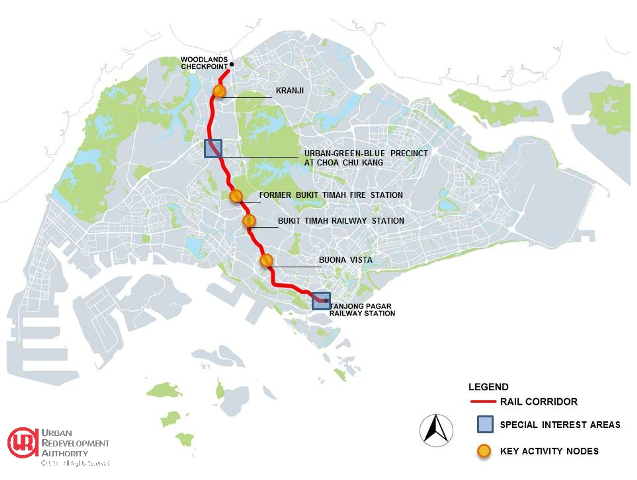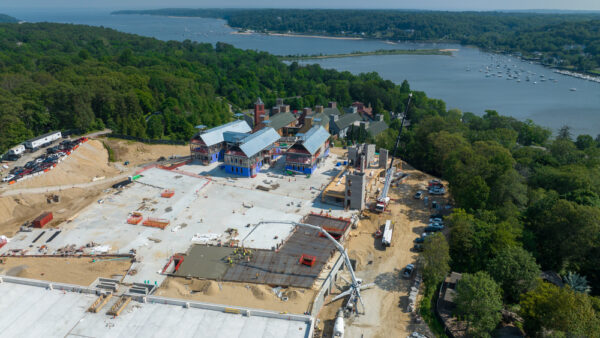A Japanese-UK design team has been chosen to kick off an historic urban regeneration project in Singapore that sees a 24-km-long disused rail corridor turning into a new community space and nature trail.
Built in 1903 and finally abandoned in 2011, the Singapore Rail Corridor bisects the city, but a masterplan by Japanese design house Nikken Sekkei and the UK’s Arup, with Tierra Design, was picked in an international contest and will result in a new thread of green running through Singapore.
Beating 64 entries from around the world, the team has been appointed to develop the design for the first, 4-km-long section of the corridor based on their masterplan proposal, “Lines of Life”. Arup will be supporting all engineering disciplines.
The Rail Corridor is a 24-km-long disused railway line that stretches from the north to south. In March this year, the Urban Redevelopment Authority of Singapore (URA) invited design professionals to develop a concept masterplan to transform the corridor into a social space that honours heritage while fostering a strong sense of community ownership in a natural setting.
The winning design features a cycling path running the full length of the corridor, 122 different access points, and eight sections offering different user experiences.

The Rail Corridor is a 24-km-long disused railway line that stretches from the north to south (Singapore URA)
The 12-member Singaporean evaluation panel praised the winning design for adequately addressing the constraints and suggesting how the community can stay involved in the development of the corridor. The panel was also impressed by the team’s suggestions for the use of modern mobile technology and apps to enhance user experience.
Now Nikken Sekkei and Arup will refine the design in consultation with government agencies, and start the pilot design for the first, 4km stretch.
Top image: The winning design features a cycling path, 122 different access points, and eight sections offering different user experiences (Arup)
Comments
Comments are closed.







The corridor was strewn with rubbish and a dump site when it was managed by KTM. The culture of treating vacant Government lands as rubbish dumps is common in Malaysia and as happens to rivers and drains.
The cause is perceived to be poor
monitoring and enforcement of laws combined with nominal penalties.
The Singapore method of management of vacant lands and rivers should be followed by Malaysian leaders and civil servants instead of wasting billions on campaigns-promotions contracts and SLOGANS.